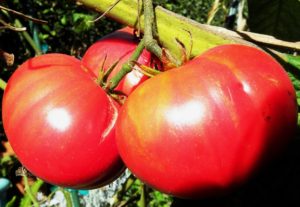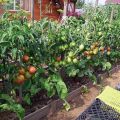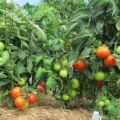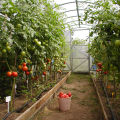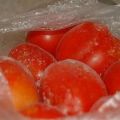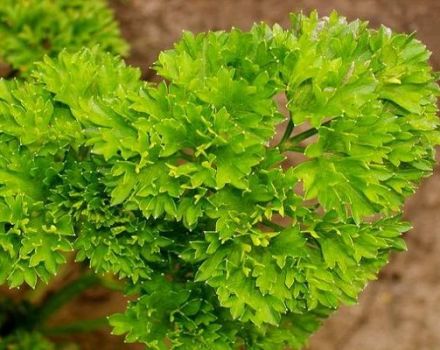Description of the Iceberg tomato variety and its characteristics
All tomatoes have distinctive characteristics that are not found in other species. Tomato Iceberg is no exception. For example, many varieties of tomatoes are planted both in the garden and in the greenhouse, and for this type, planting is possible only in open ground. And that's not all the differences.
Growing seedlings
To sow such tomatoes, you need to prepare in advance: choose a special area, choose plastic containers in which the seedlings will be located. Before sowing, you need to disinfect everything that will be used. Also, don't forget that your seedlings need good lighting, normal temperature and ventilation. This will help special holes in the bottom of the container. If this is not taken into account, then the plant will fall ill on a black leg.
During sieving, any sowing substrate or compost is used, the main thing is that it is universal. The compost should be composed of sand and peat, divided equally. When sowing, do not overdo it, the density in this case will harm, and the seedlings will turn out to be weak and thin. It is best to sow in rows, so the lighting will get as much as possible.
Before sowing, the substrate must be well moistened, and the seeds must be warmed up well. Seeds on the eve of planting can be moistened or left dry.
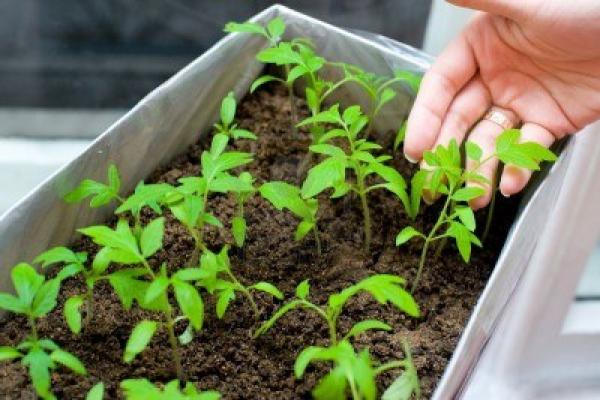
Description of the variety
The description of Iceberg tomatoes includes not only the characteristics in general, but also the fruits. Tomatoes of this variety are early ripening. During planting, pinching is practically not practiced and can be easily planted in the soil. The bushes are small in size, about 80 cm, but they differ in their strength. Iceberg tomatoes easily tolerate cool weather, so they can often be found in the Urals or Siberia, and any other regions where the summer is short and cool.

Tomatoes have a red tint. The fruits are large (up to 200 grams), have a flat-round shape. If you believe the characteristics, then they taste sweet and juicy. Their density is low, one might say they are quite soft. Therefore, it is better to eat them either fresh or to make tomato juice. The yield from one bush is large, it can bring up to four kilograms.
Pests and diseases
Iceberg tomatoes most often suffer from late blight, macrosporiosis, streak, septoria, columnar and apical rot. Unfortunately, these diseases cannot be cured. When at least one fruit or stem is affected, the whole plant begins to die.

Besides them, there are also problems with pests. These include wireworms, whiteflies, bears, rootworm nematodes, and scoops. Most often, all these insects attack the plant, if you do not care for it and there is nothing to handle.
When tomatoes begin to need any nutrients, this can be determined immediately. For example, if there is a lack of nitrogen, then the stem, leaves and the tomatoes themselves change color: the leaves turn yellow, the stem becomes bluish-red, and the fruits harden and remain small. With a lack of phosphorus, the leaves curl inward. And so you can go on for a long time.

Benefits
Iceberg tomatoes have many benefits:
- perfectly adapt to sudden temperature changes and easily tolerate cold;
- if the fruit is ripe, then it is dense;
- the bushes are unpretentious, do not need pinching and shaping;
- presentable appearance and great taste.
